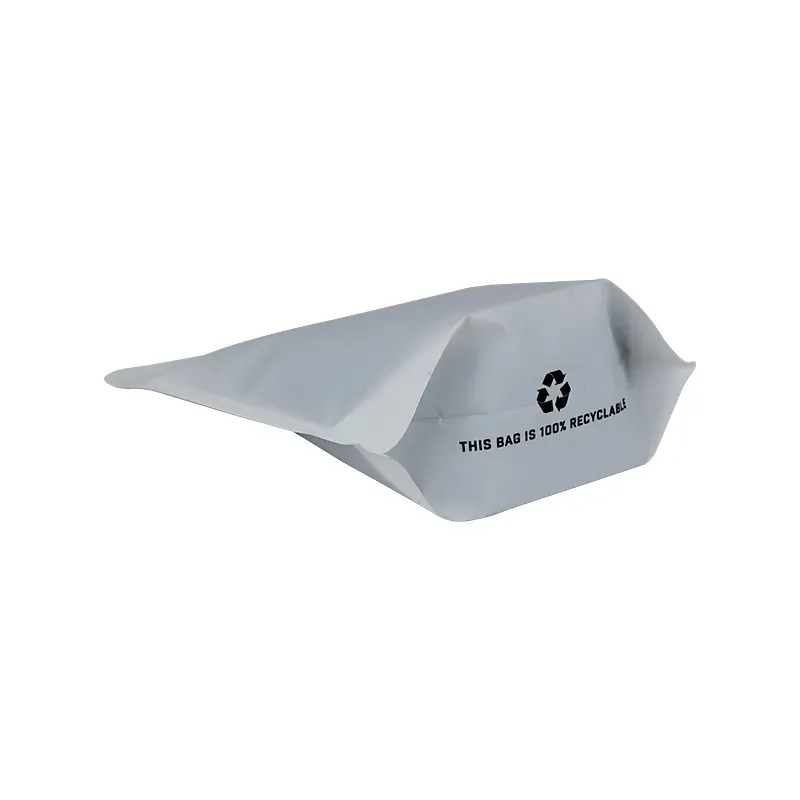- Afrikaans
- Albanian
- Amharic
- Arabic
- Armenian
- Azerbaijani
- Basque
- Belarusian
- Bengali
- Bosnian
- Bulgarian
- Catalan
- Cebuano
- chinese_simplified
- chinese_traditional
- Corsican
- Croatian
- Czech
- Danish
- Dutch
- English
- Esperanto
- Estonian
- Finnish
- French
- Frisian
- Galician
- Georgian
- German
- Greek
- Gujarati
- haitian_creole
- hausa
- hawaiian
- Hebrew
- Hindi
- Miao
- Hungarian
- Icelandic
- igbo
- Indonesian
- irish
- Italian
- Japanese
- Javanese
- Kannada
- kazakh
- Khmer
- Rwandese
- Korean
- Kurdish
- Kyrgyz
- Lao
- Latin
- Latvian
- Lithuanian
- Luxembourgish
- Macedonian
- Malgashi
- Malay
- Malayalam
- Maltese
- Maori
- Marathi
- Mongolian
- Myanmar
- Nepali
- Norwegian
- Norwegian
- Occitan
- Pashto
- Persian
- Polish
- Portuguese
- Punjabi
- Romanian
- Russian
- Samoan
- scottish-gaelic
- Serbian
- Sesotho
- Shona
- Sindhi
- Sinhala
- Slovak
- Slovenian
- Somali
- Spanish
- Sundanese
- Swahili
- Swedish
- Tagalog
- Tajik
- Tamil
- Tatar
- Telugu
- Thai
- Turkish
- Turkmen
- Ukrainian
- Urdu
- Uighur
- Uzbek
- Vietnamese
- Welsh
- Bantu
- Yiddish
- Yoruba
- Zulu
Exploring the Versatility and Applications of HDPE Plastic Products in Everyday Life
Exploring the Versatility of HDPE Plastic Products
High-Density Polyethylene (HDPE) is one of the most widely used forms of plastic in the world today, celebrated for its unique properties and versatility across a range of applications. Characterized by a high strength-to-density ratio, HDPE is both durable and resistant to impact, making it an ideal material for numerous products. From household items to industrial applications, HDPE's utility is vast and varied.
One of the most common uses of HDPE is in the manufacturing of containers and bottles. Due to its excellent resistance to chemicals and moisture, HDPE is used to produce milk jugs, detergent bottles, and many types of food containers. These products are not only lightweight but also shatter-resistant, which adds to their durability and safety in both domestic and commercial environments. Additionally, because HDPE is recyclable, it contributes to environmental sustainability, ensuring that used containers can be repurposed into new products, thus reducing plastic waste.
Exploring the Versatility of HDPE Plastic Products
Furthermore, HDPE is widely used in the manufacturing of outdoor furniture and equipment. Its resistance to UV rays and moisture makes it a suitable choice for patio furniture, playgrounds, and other outdoor settings. Products made from HDPE are not only durable and easy to clean but also maintain their color and structural integrity over time, making them a cost-effective option for both residential and commercial use.
hdpe plastic products

Another significant area where HDPE is applied is in the agricultural sector. The material is used to create a variety of products, such as containers for fertilizers and pesticides, as well as greenhouse coverings. These applications benefit from HDPE's resistance to chemicals and its ability to withstand exposure to the elements, ensuring that agricultural practices can be carried out efficiently with safe and reliable materials.
The transportation of goods also relies heavily on HDPE. This material is used in the production of crates, pallets, and shipping containers that provide strength and stability during transportation. HDPE’s lightweight nature helps to reduce transportation costs, while its durability ensures that goods remain protected from environmental factors throughout their journey.
In the realm of health and safety, HDPE’s non-toxic and safe properties make it suitable for producing medical containers and laboratory equipment. Its compatibility with various substances ensures that it can be used safely in applications requiring hygiene and sterility, thus supporting healthcare and research sectors effectively.
As the world increasingly focuses on sustainability, the role of HDPE continues to expand. Recyclable HDPE products contribute to a circular economy, encouraging efficient use of resources and minimizing environmental impact. Many companies are now prioritizing the use of recycled HDPE in their product lines, further fostering a culture of sustainability.
In conclusion, HDPE plastic products are integral to numerous industries, offering durability, versatility, and sustainability. From everyday household items to critical infrastructure components, HDPE continues to demonstrate its value as a dependable and adaptable material. As innovations in recycling and the production of eco-friendly HDPE evolve, the future of this remarkable plastic holds even greater potential in addressing both consumer needs and environmental challenges.













